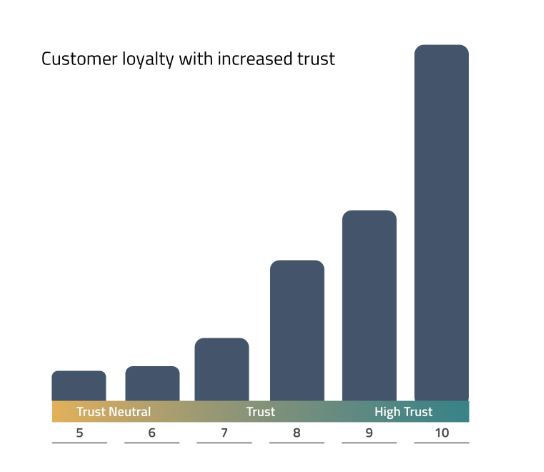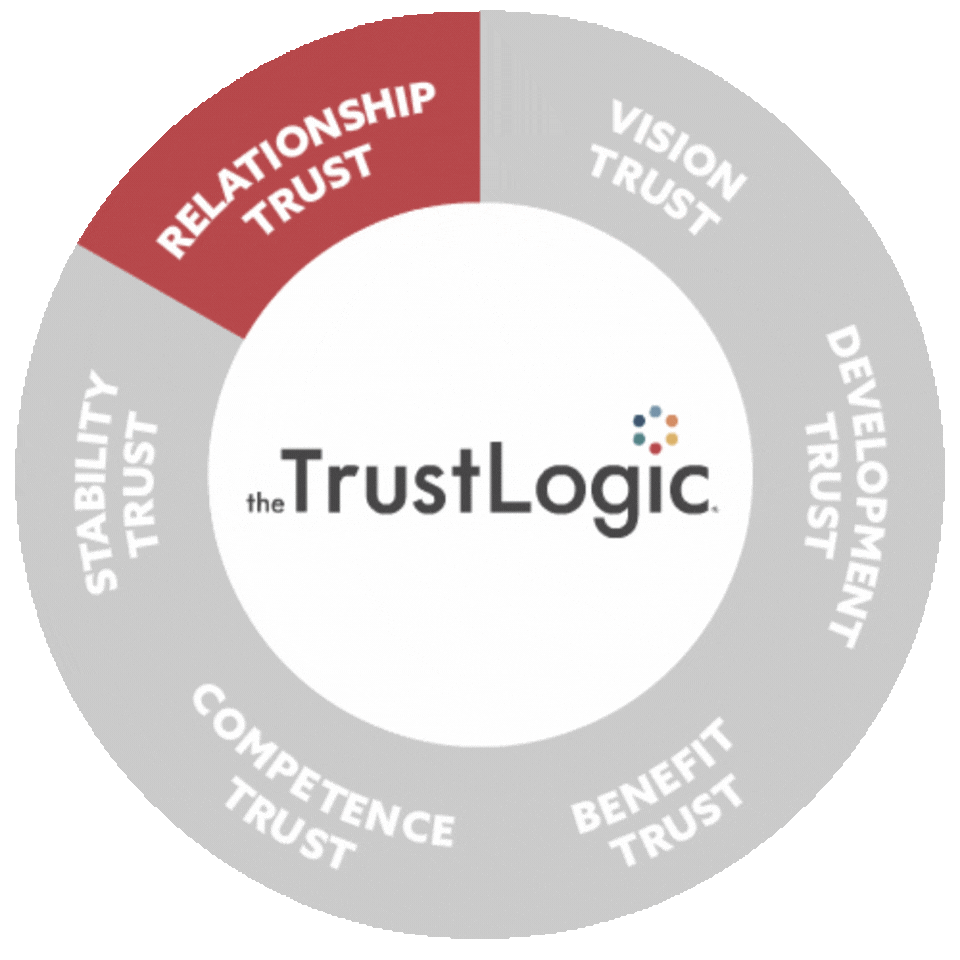The Trust-First Approach to NPS and Customer Loyalty
- Denice Diaz
- Jun 18
- 3 min read
Updated: Jun 19

The Problem: Most organisations implement loyalty and NPS programmes without measuring—or even understanding—their trust drivers. Yet all research consistently shows trust drives over two-thirds of customer loyalty and up to 85% of their Net Promoter Score.
The Opportunity: Trust functions as our primary decision-making mechanism, evolved to simplify choice in milliseconds. For complex and life-long decisions, trust becomes the only viable path to purchase and loyalty.
The Solution: TrustLogic® provides a commercially robust and actionable method to build and manage trust—as the root cause for your KPIs.
The Results: Clients report 10% NPS increases within four months, 50% reduction in complaint escalations, and 33% higher sales conversion.
Causality Counts in Customer Experience
Trust drives over two-thirds of customer loyalty and up to 85% of Net Promoter Score (NPS)—not the other way around. Yet most organisations still implement loyalty and NPS programmes without examining their underlying trust drivers. Many don’t measure trust at all. Those that do often rely on convoluted approaches that contradict the very nature of trust: simplicity and action.
“All data consistently shows customers score trust and recommendation almost identically, but there’s clear causality,” explains Denice Diaz, Client Engagement Lead. “The more customers trust us, the more they recommend us and remain loyal. You can’t invert that causality.”
Trust: The Decisive Factor in Purchase and Loyalty

Across industries, trust consistently ranks as the top or second most important factor in purchasing decisions—often just behind price. And in many cases, price is embedded within the broader perception of trust.
In supermarkets, trust influences decisions in 1/400th of a second.
In e-commerce, brand trust must be established within seconds or carts are abandoned.
For complex, high-stakes decisions, trust becomes the only viable path to action.
Trust is not a soft signal—it is a strategic operating mechanism that guides fast, confident decisions. For organisations, this means trust-building must be intentional, simple, and scalable.
Why Trust Is Misunderstood—and Undermanaged
Executives universally acknowledge that trust is critical. Yet few build a customer trust architecture that scales. Why?
Misconception: Trust is often viewed only as something customers need to trust an organisation for, rather than what customers want to trust the organisation with.
Lack of tools: Most lack access to structured, repeatable frameworks to implement trust-building effectively.
TrustLogic® transforms this paradigm. It differentiates between baseline “ticket-to-play” trust and the deeper, transformational trust that consistently delivers 9–10/10 loyalty and recommendation scores.
Demonstrated Impact:
10% increase in trust and NPS within four months
50% reduction in complaint escalations
Significant uplift in contract renewals
33% higher sales conversion
The TrustLogic® Methodology: Rethinking CX by Design

1. Define the Trust-Worthy Experience
Begin not with pain points—but with aspiration. Ask:“What would customers love to trust us for?”This unlocks a value-oriented design process built around trust itself.
2. Assess Trust Equity
Evaluate current trust equity supporting the desired experience
Identify gaps, trust inhibitors, and credibility blockers
Map divergence between the ideal and actual customer experience
3. Implement by Episode and Segment
Prioritise the most influential trust drivers
Design aligned actions and messages at each touchpoint
Identify critical moments where trust is won—or lost
4. Prioritise Trust Hotspots
Focus implementation where trust impact is highest:
E-commerce: Checkout, delivery updates, returns
Retail/Service: Staff interactions, payment experience, perceived integrity
Why It Works: Alignment from Strategy to Execution
Logic Meets Emotion
TrustLogic® empowers every level of the organisation—giving clear, motivating purpose at each touchpoint. It’s logical, measurable, and human.
Trust-First vs. Traditional CX
Traditional CX: Map journeys, identify pain points, optimise step-by-step
Trust-First CX: Define trust outcomes, build trust equity, align behaviour to trust drivers
Where traditional CX improves what customers see, trust-first design improves what customers believe.
A Strategic Shift for CEOs and CX Leaders
From Journey Maps to Trust Architecture
Go beyond fixing the customer journey. Architect a system of trust—one that spans the entire customer lifecycle. Unlike price or features, trust compounds, creating durable, defensible value.
From Metrics to Meaning
Track trust alongside NPS. Use TrustLogic® Driver Analysis to identify the root causes of trust loss and build strategies to elevate it continuously.
The Bottom Line: Trust Is the Input, Not the Output
Causality matters. Loyalty and recommendation don’t create trust.Trust creates loyalty. Trust drives recommendation.




Comments